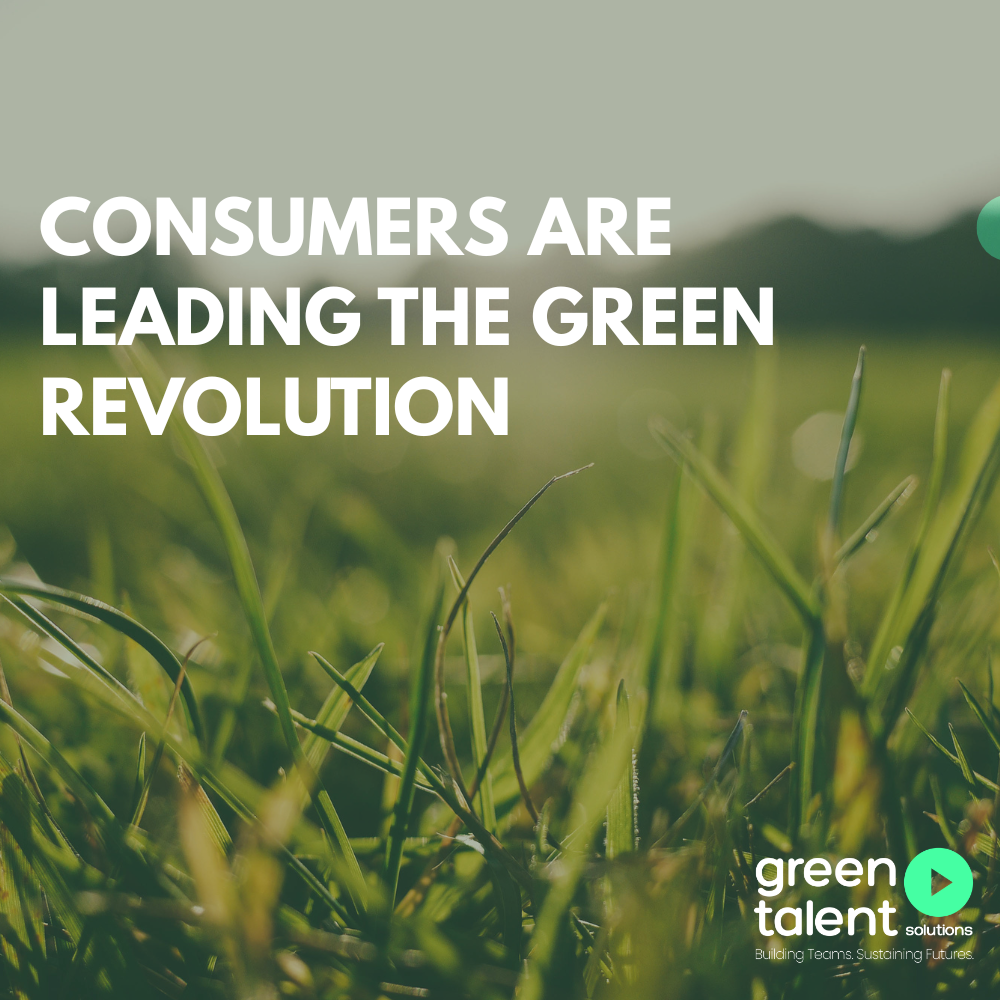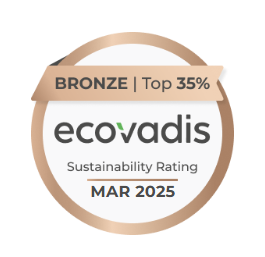How to Build Teams That Deliver on Your Net Zero Promise
A practical roadmap for hiring, upskilling, and restructuring teams
Why Net Zero Is a Talent Challenge, Not Just a Technology One
Reaching net zero is no longer a distant ambition, it’s a business-critical commitment. Governments, investors, and consumers are pressing companies to act faster, with accountability and transparency at the forefront. But while much of the conversation has focused on technology (renewables, electrification, carbon capture), the real driver of progress is people.
Without the right teams in place, even the most advanced technologies and policies will fail to deliver meaningful change. Net zero requires cross-functional collaboration: from sustainability officers shaping strategy, to engineers redesigning operations, to data specialists tracking carbon impact. It’s not simply about creating a sustainability department; it’s about embedding net zero thinking into every role across the organisation.
The challenge for business leaders, then, is talent. How do you hire, train, and structure your teams in a way that makes your net zero promise both credible and achievable? The answer lies in rethinking recruitment, prioritising upskilling, and breaking down traditional silos.
Step One: Hire for Green Skills and Systems Thinking
first step is ensuring your recruitment strategy reflects the reality of net zero delivery. Traditional roles are evolving, and new ones are emerging, climate data analysts, ESG reporting specialists, and low-carbon engineers, to name a few. But it’s not just about technical expertise.
Leaders need to prioritise systems thinkers: people who can connect dots between sustainability, finance, operations, and customer experience. For example, a supply chain manager who understands both logistics and carbon accounting is far more valuable than one who looks at efficiency in isolation.
Recruitment teams should:
Map out the critical skills and roles needed to deliver against net zero goals.
Partner with green talent specialists who understand this emerging landscape.
Communicate a clear sustainability mission during hiring to attract purpose-driven candidates.
This approach ensures that new hires aren’t just filling seats, they’re aligned with the organisation’s net zero journey.
Step Two: Upskill Your Existing Workforce
Hiring new talent is only half the battle. To achieve net zero, businesses must transform the skills of their current workforce. The reality is many existing employees want to contribute to sustainability but lack the knowledge or frameworks to do so effectively.
Upskilling programmes can close this gap by integrating sustainability into core training. Examples include:
Carbon literacy workshops for all employees.
Technical training on energy efficiency for engineers and operations staff.
ESG reporting and compliance skills for finance and risk teams.
By investing in workforce development, companies not only accelerate progress toward net zero but also improve employee engagement and retention. When staff feel empowered to contribute, the organisation gains momentum and credibility.
Importantly, this isn’t just a “nice to have.” Regulators and investors increasingly expect companies to show evidence of how they are equipping teams to deliver against climate commitments. Upskilling is therefore both a cultural investment and a compliance necessity.
Step Three: Restructure for Cross-Functional Impact
Delivering net zero cannot sit in a silo. Too often, sustainability teams are isolated from core business functions, reducing their influence and slowing down execution. To succeed, companies must restructure teams to embed sustainability expertise across the business.
Practical steps include:
Placing sustainability leads within procurement, operations, and product development teams.
Creating cross-functional working groups that combine technical, financial, and ESG expertise.
Aligning incentives so that every leader, not just the Chief Sustainability Officer, is accountable for net zero delivery.
This restructuring sends a clear message: sustainability is not a side project, it is business strategy. It also creates agility, allowing teams to respond quickly to new regulations, shifting consumer expectations, and emerging technologies.
By fostering collaboration, organisations can bridge the gap between ambition and delivery. After all, net zero success depends not on isolated initiatives but on coordinated, enterprise-wide action.
The Future of Net Zero Teams
Building teams that deliver on net zero is not a one-off exercise. It is a continual process of adapting skills, structures, and strategies to meet evolving expectations. Businesses that get it right will not only meet regulatory requirements but also unlock competitive advantage, attracting customers, talent, and investors who prioritise sustainable progress.
The roadmap is clear: hire for purpose and systems thinking, upskill your people, and restructure for cross-functional collaboration. By doing so, organisations can turn their net zero promise into measurable, lasting impact.
Net zero isn’t a pledge, it’s a people-powered transformation. The question is: are your teams ready to deliver?
At Green Talent Solutions, we specialise in helping businesses build the teams that will turn climate commitments into real progress. Let’s start building your net zero workforce today. Contact Jake Carrington.














